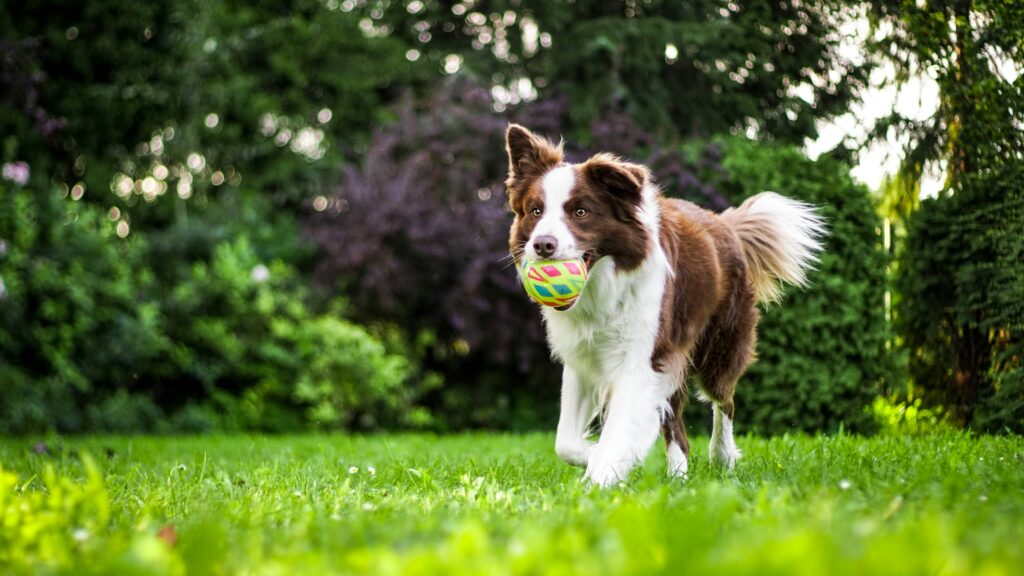Dog Training for Aggressive Dogs
Aggressive Dog Training in the Tampa Bay Area
Training Aggressive Dogs
Aggression in dogs can be a challenging issue for both pet owners and society at large. While aggression in dogs can stem from various factors including fear, territoriality, or past trauma, it’s crucial to address these behaviors with patience, understanding, and proper training techniques. In this article, we’ll explore how to approach training aggressive dogs in a compassionate and effective manner.
Dog Training - Understanding Aggression
Understanding Aggression in Dogs: Before diving into training methods, it’s essential to understand the root causes of aggression in dogs. Aggression can manifest in various forms such as growling, snapping, or biting, and may be triggered by fear, anxiety, territoriality, or a lack of socialization. Identifying the underlying cause of aggression is key to addressing it effectively.
Professional Dog Training
Consulting a Professional: If you’re dealing with an aggressive dog, seeking guidance from a certified animal behaviorist or professional dog trainer is highly recommended. These experts can conduct a thorough assessment of your dog’s behavior and develop a tailored training plan to address the aggression.
Positive Reinforcement Training
- Positive Reinforcement Training: Positive reinforcement training is widely regarded as one of the most effective and humane methods for addressing aggression in dogs. This approach involves rewarding desired behaviors with treats, praise, or toys, which helps to reinforce positive associations and encourages the dog to repeat those behaviors.
- When working with an aggressive dog, it’s important to start with basic obedience training to establish trust and communication. Teach commands such as “sit,” “stay,” and “come,” using positive reinforcement techniques. Consistency and patience are key; training sessions should be short, frequent, and conducted in a calm environment.
- Desensitization and Counterconditioning: Desensitization and counterconditioning are techniques used to change a dog’s emotional response to a specific trigger, such as other dogs or strangers. This involves gradually exposing the dog to the trigger at a low intensity while providing positive reinforcement for calm behavior.
- For example, if your dog displays aggression towards other dogs, start by exposing them to calm, well-behaved dogs from a distance. Reward your dog for remaining calm and gradually decrease the distance over time as they become more comfortable. This gradual approach helps to build confidence and reduce anxiety.
- Management and Safety Measures: While working on training and behavior modification, it’s important to implement management and safety measures to prevent situations where aggression may occur. This may include using a muzzle or leash in public, avoiding trigger situations whenever possible, and providing a safe and secure environment at home.
- Additionally, be proactive in managing your dog’s environment to minimize stress and anxiety. Provide plenty of physical and mental stimulation through regular exercise, interactive toys, and enrichment activities. A tired and mentally stimulated dog is less likely to exhibit aggressive behaviors.
- Patience and Compassion: Training an aggressive dog requires patience, compassion, and dedication. It’s important to understand that behavior change takes time, and setbacks may occur along the way. Stay consistent with training efforts, remain calm in stressful situations, and celebrate small victories along the journey.
- Above all, approach training with empathy and understanding towards your dog. Aggression is often a symptom of underlying emotional or behavioral issues, and addressing these issues with kindness and compassion is essential for long-term success.
Aggressive Dog Training Benefits
Conclusion: Training an aggressive dog can be a challenging but rewarding journey. By understanding the root causes of aggression, seeking professional guidance, and using positive reinforcement techniques, it’s possible to help your dog overcome their aggressive behaviors and become a well-adjusted member of the family. Remember to be patient, compassionate, and consistent in your training efforts, and always prioritize the safety and well-being of both your dog and those around them.

